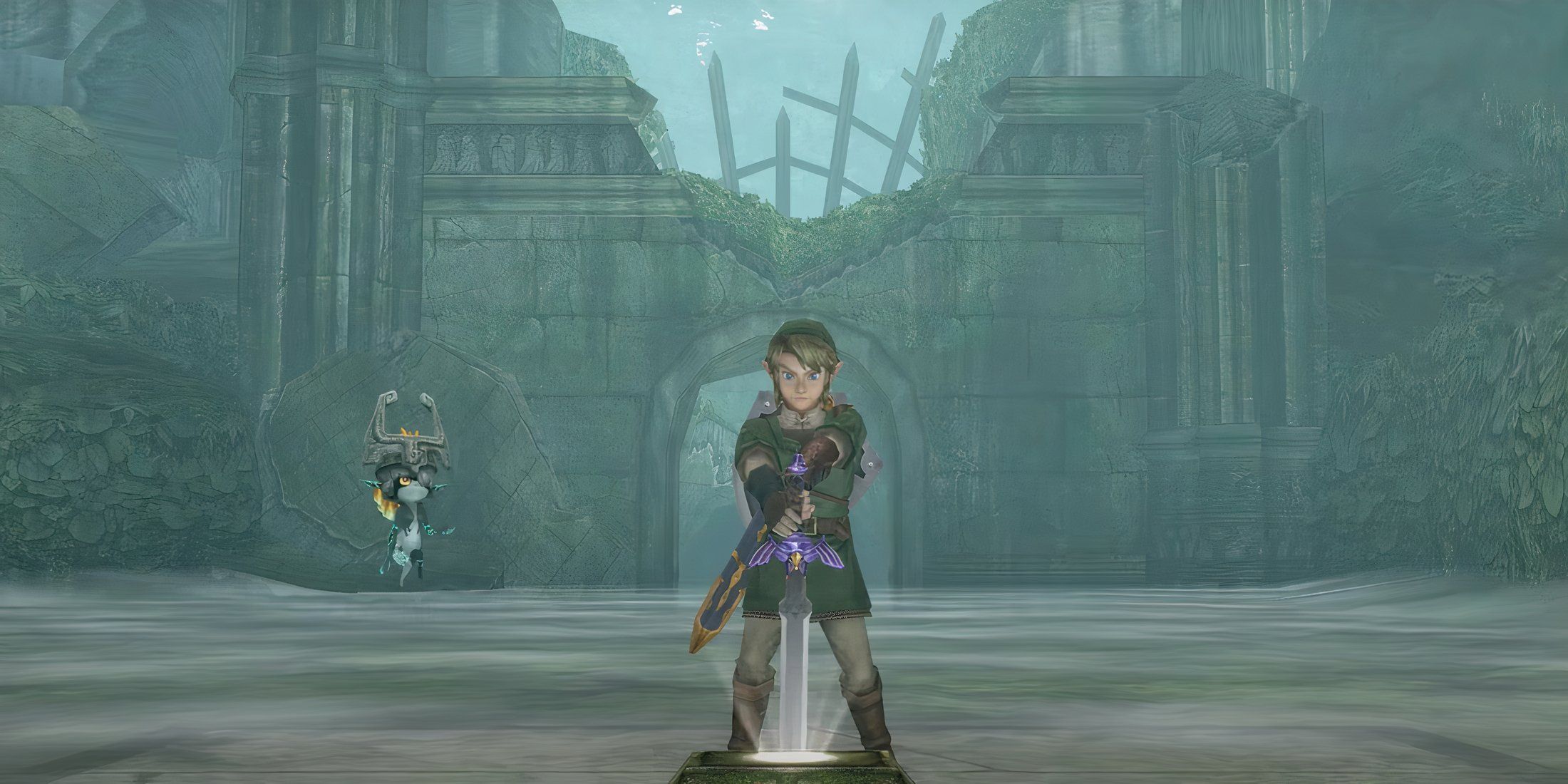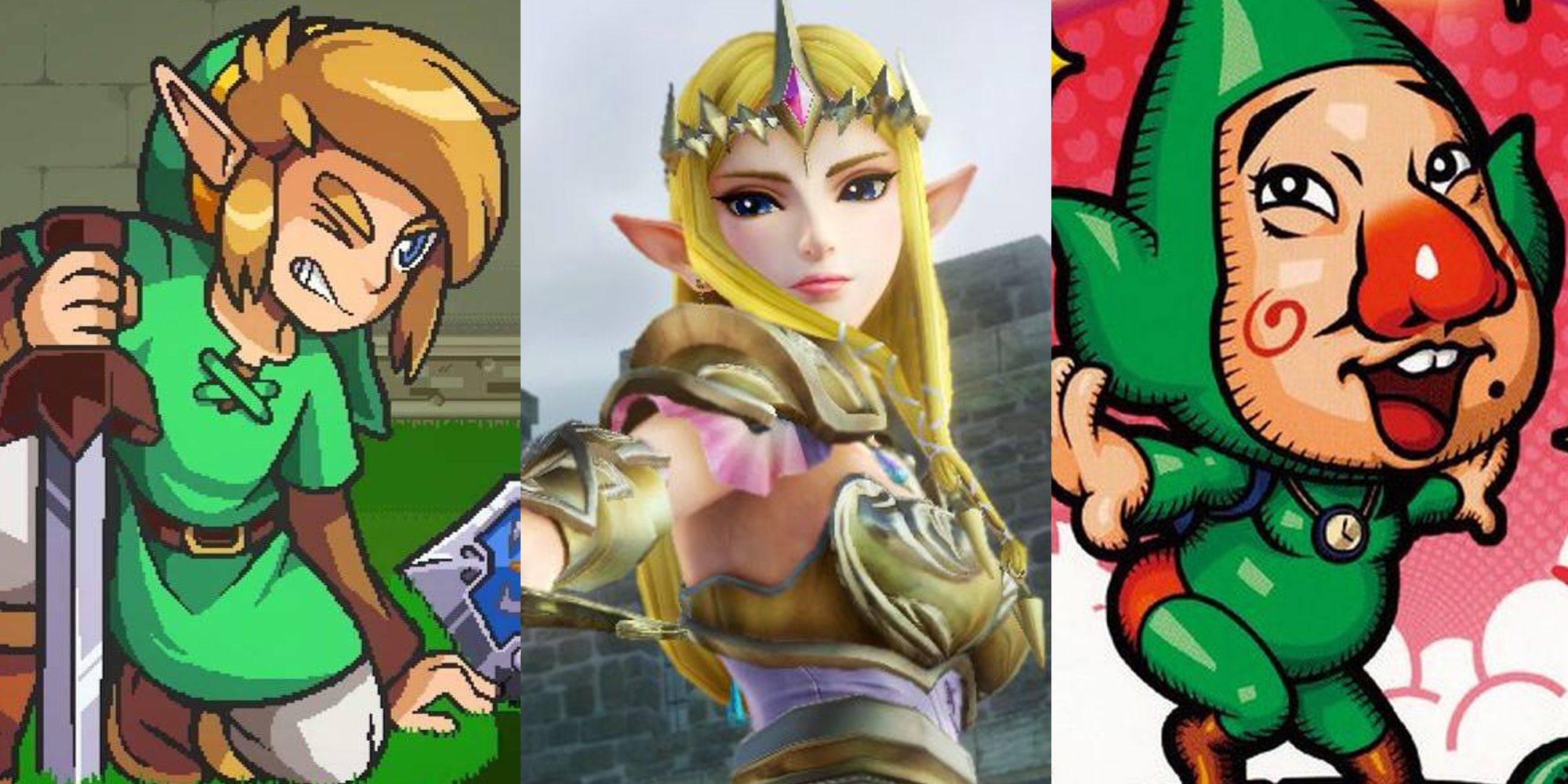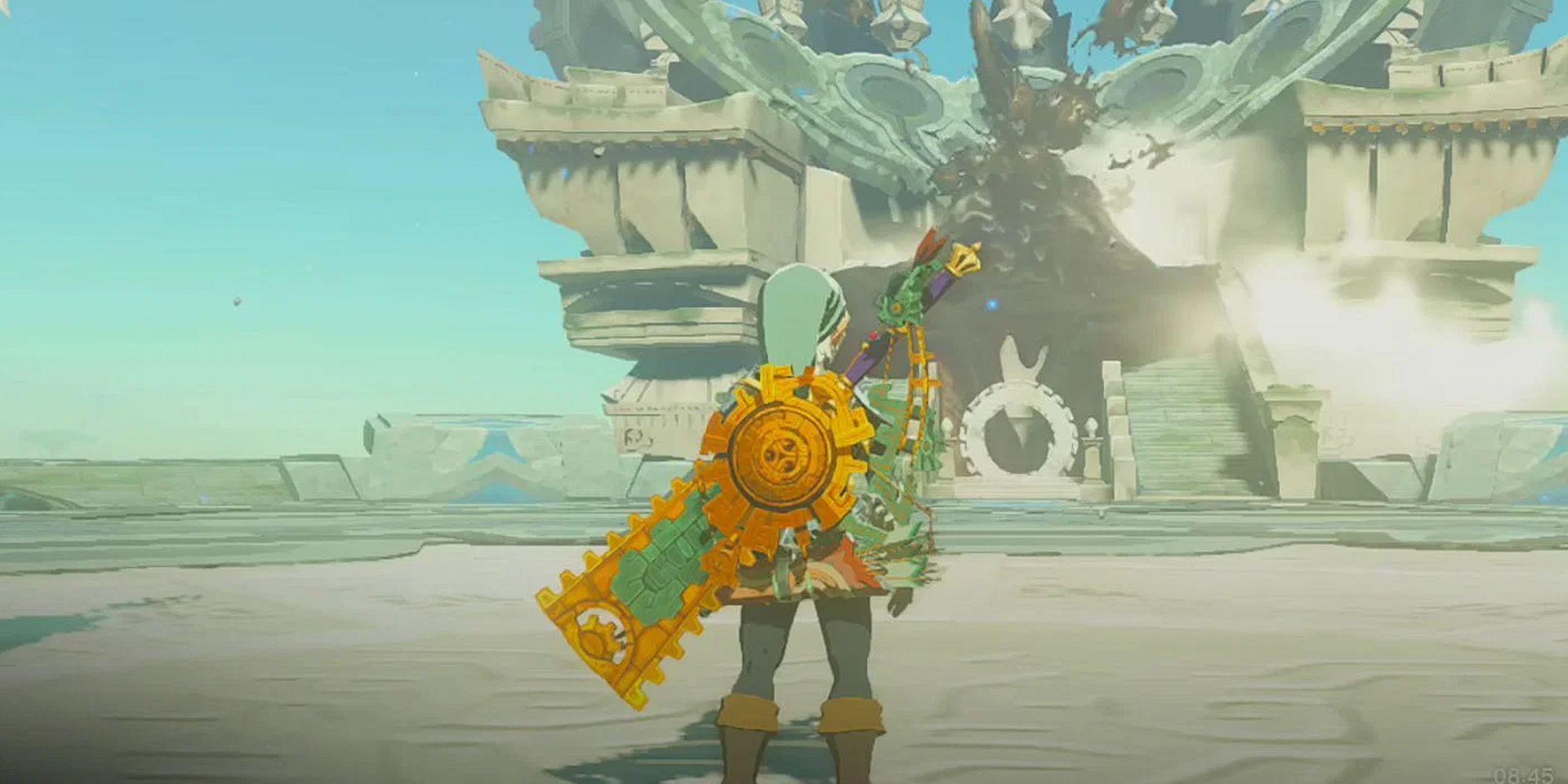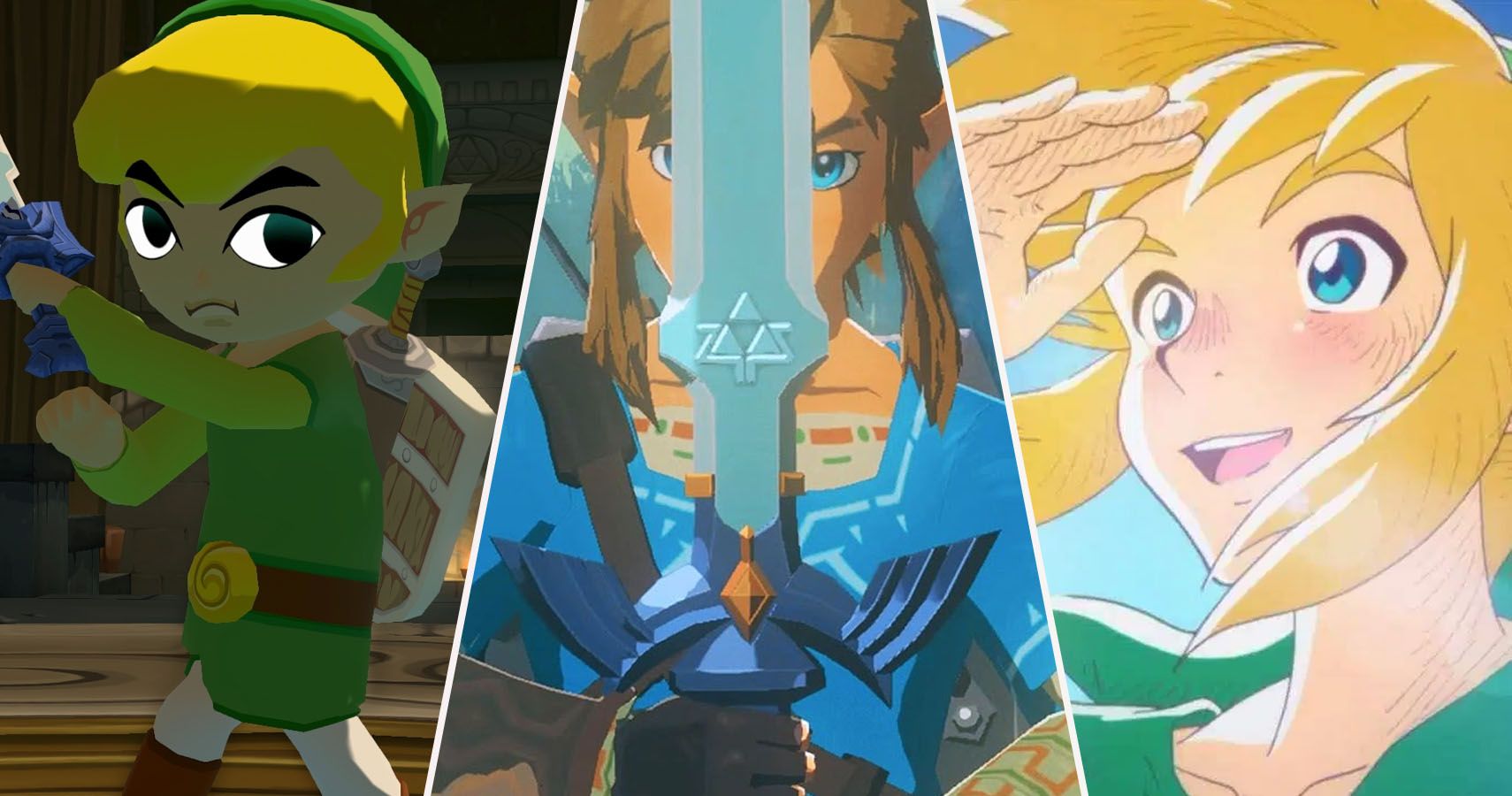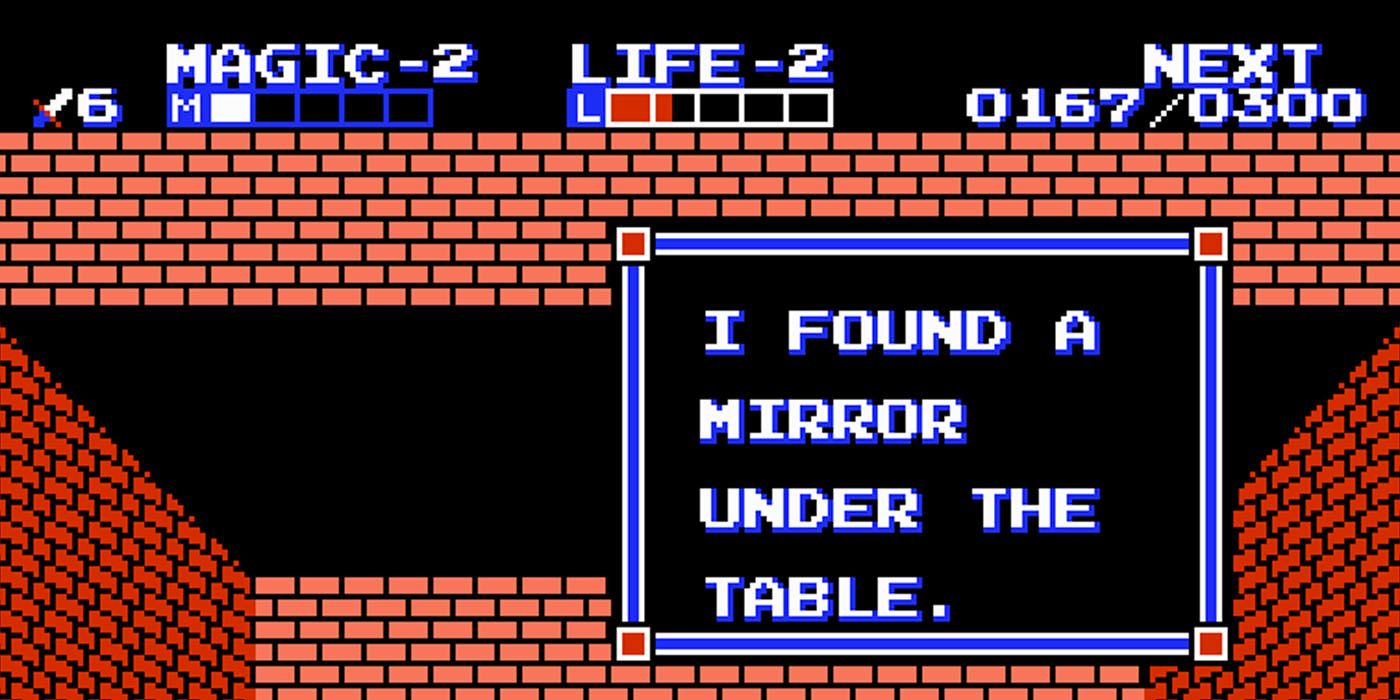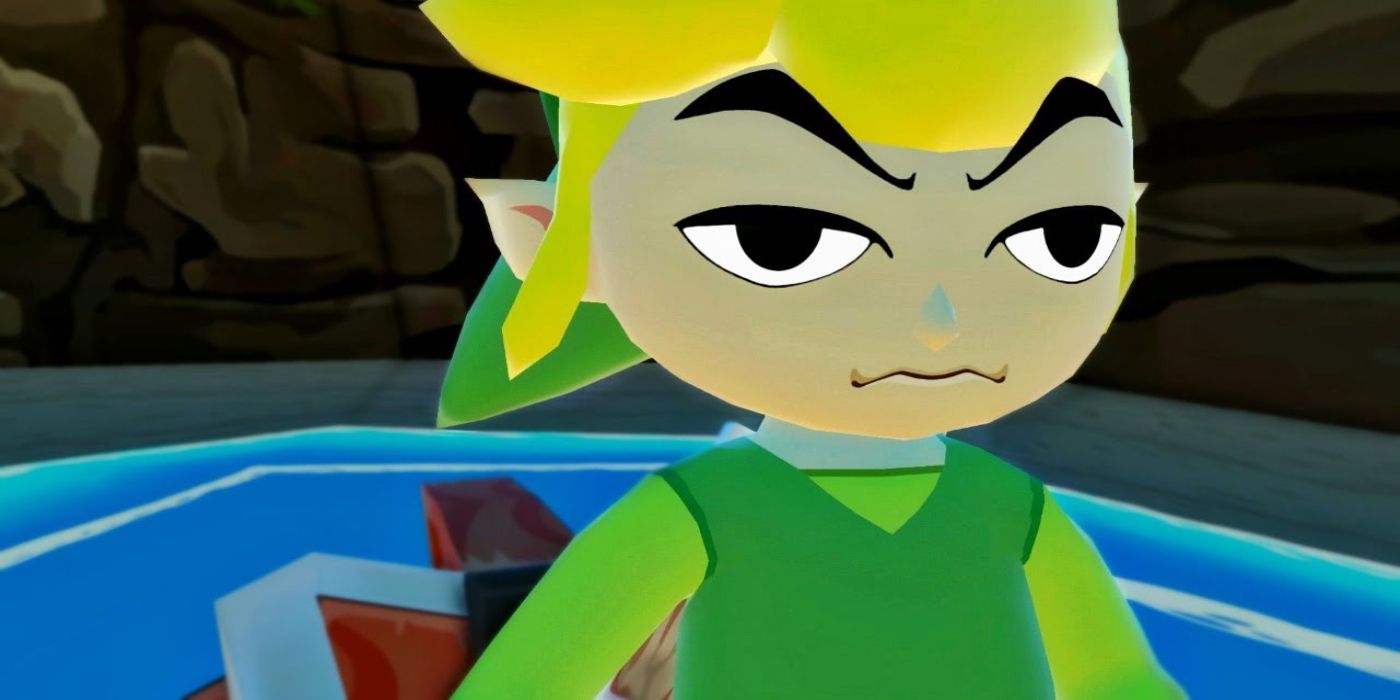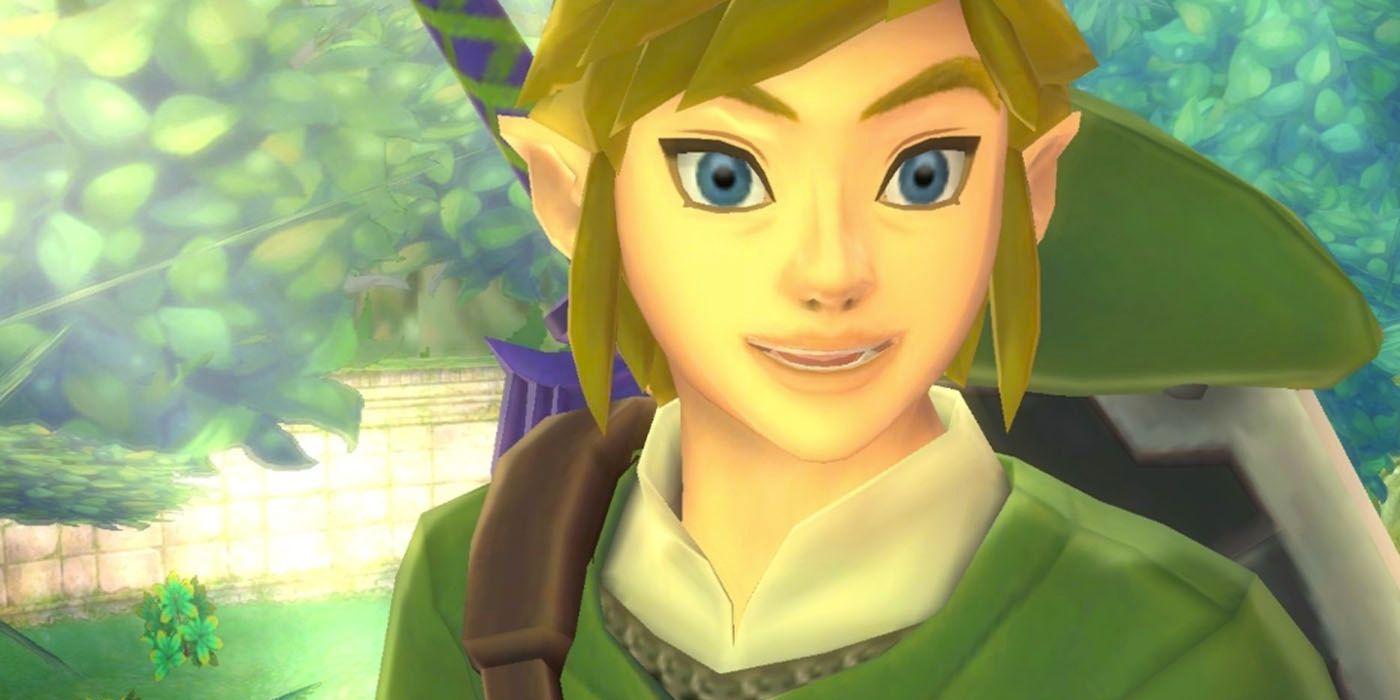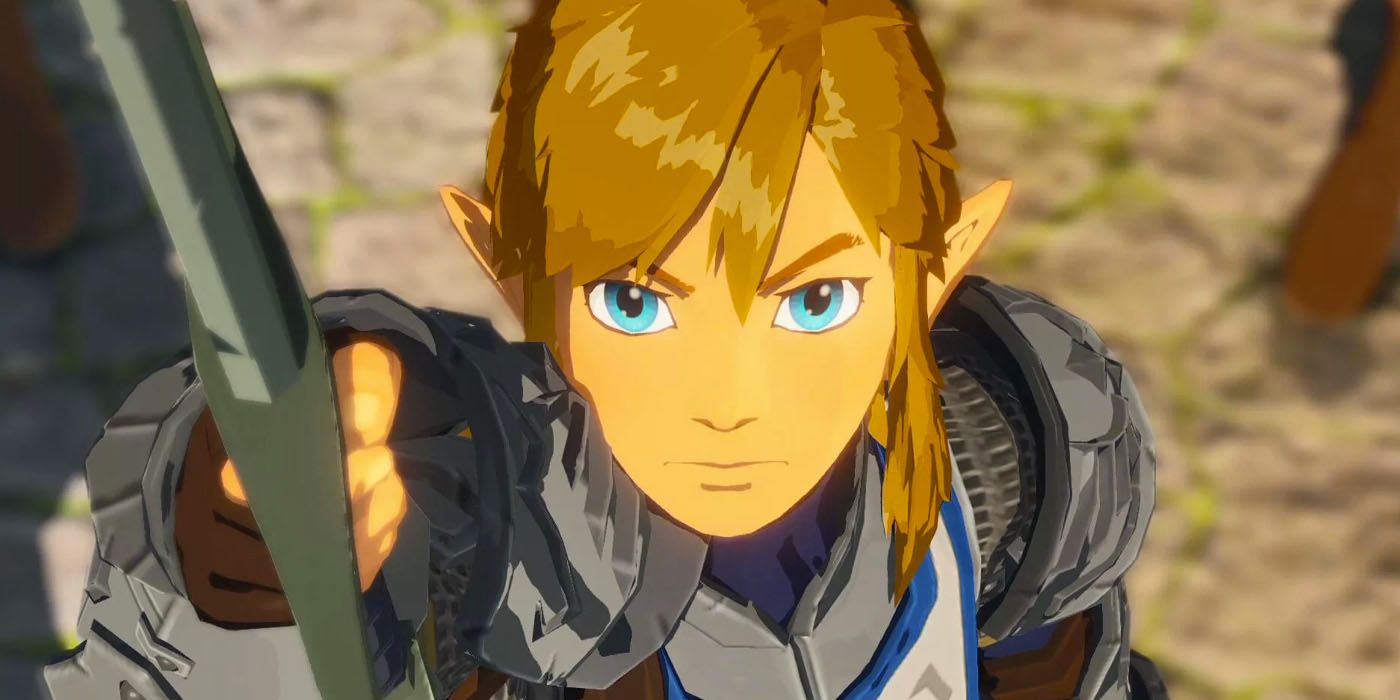Silent protagonists have been a staple of the video game medium for decades, and The Legend of Zelda’s Link is arguably the most prolific. He almost always wears green, rarely takes off his hat, and isn’t a man of many words– but he does canonically speak. This perhaps goes without saying considering characters react to “dialogue” that Link is speaking as early as Ocarina of Time, but there are games where Link breaks his vow of silence. It’s not always clear when or why Link speaks, but The Legend of Zelda’s main character isn’t as silent as he lets on.
Link’s rare moments of speech also highlight how a silent protagonist isn’t a personalityless protagonist. More importantly, these instances stand out for being oddities in a franchise that otherwise keeps details like “the main character never speaks” painstakingly consistent. As Breath of the Wild proved, though, Nintendo is more than comfortable recontextualizing The Legend of Zelda’s brand– and that means giving Link more to say.
5 Zelda II: The Adventure Of Link
As surprising as it may be, Link has spoken as early as the second entry in the franchise– Zelda II: The Adventure of Link. An action-RPG side-scroller, Zelda II abandons the isometric adventuring of the first game in favor of a harder gameplay loop that’s more or less designed to punish anyone lacking in quick, 8-bit based reflexes.
All the same, Zelda II is far from a bad game. Beyond featuring one of the best combat systems on the NES, the game’s world is filled with a classically epic charm future Zelda games traded away in favor of the series’ current mythos. Zelda II also deserves credit for giving Hyrule character. NPCs not only litter townships, they have more to say this time around.
Zelda II notoriously has a lackluster English localization, but it resulted in quite an interesting script change. When Link finds the Mirror in the Water Town of Saria, he’ll comment “I found a mirror under the table” in English translated versions of the game.
4 Link’s Awakening
The first handheld installment in the franchise, Link’s Awakening is one of the most important games in the Zelda series– in large part due to the many precedents it set. Without Link’s Awakening, there would be no trading sequences, no linear structure, no meaningful characterization, and no thoughtful storytelling.
Link’s Awakening was the first time a Zelda game took its story seriously, the narrative juggling existentialism themes with a finesse that would make most modern AAA games blush. Koholint Island is in fact a dream world and Link’s end goal will ultimately result in the Island’s disappearance. In a truly chilling moment, Link actually reacts to the information that Koholint isn’t real midway through the game
“... … … … What? Illusion?” Link doesn’t say anything for the rest of Link’s Awakening, but he doesn’t have to. One line is enough to indicate just how shaken the Legendary Hero is by Koholint’s ultimate fate.
3 The Wind Waker
The Legend of Zelda’s GameCube debut, The Wind Waker was playing with power on a level Ocarina of Time and Majora’s Mask couldn’t. While the game’s legacy isn’t as sterling as its N64 predecessors, The Wind Waker nonetheless stands the test of time due to incredibly forward thinking art direction (that the Wii U remake for whatever reason butchered.)
One of the greatest strengths of The Wind Waker’s aesthetic is the amount of personality it gives any given character. NPCs are far more expressive than ever, with Link notably reacting to the world around him in subtle ways. Link will look at enemies, actually furrow his brow at points, smile after defeating a mini-boss, and straight up speaks during gameplay.
There are multiple points in the second half of The Wind Waker where Link can control other NPCs and dictate where they move. While doing so, players can call them over, which will cause Link to say “Come on!” in clear English.
2 Skyward Sword
Although Link doesn’t verbally speak in Twilight Princess like he does in The Wind Waker, the GameCube’s last Zelda set an important precedent: Link moving his mouth during cutscenes. It was always implied Link was speaking in some capacity with NPCs, but Twilight Princess made it obvious. The game just doesn’t give Link any dialogue.
Skyward Sword follows suit in this regard, but it notably features more instances of Link pantomiming with characters (most notably through his scenes with Groose.) Beyond this, however, Skyward Sword features actual dialogue options for Link. This isn’t anything new for the series, but it’s the first time Nintendo put some actual effort into what Link can say.
Not only does Link always have three options when dialogue trees come up, they vary in tone. Link can be snarky, kind, or just brimming with utter confidence. More importantly, his dialogue options evolve over the course of the game, giving Link one of his most identifiable arcs in The Legend of Zelda.
1 Breath Of The Wild
Similarly to Twilight Princess and Skyward Sword, characters react to Link as if he’s speaking, but Breath of the Wild does not feature Link moving his lips for dialogue– even silent. In fact, Nintendo of America outright removed all of Link’s character, making him as mute as ever. Which is a shame since BotW has the most in-depth Link in the franchise.
The original Japanese version of Breath of the Wild has Link writing in his journey in first person. He comments on his insecurities, what he’s done for Hyrule, and how desperately he wants to see Zelda– & her smile– again. Breath of the Wild’s Link is a dynamic character tortured by his amnesia. Though that’s a detail that doesn’t come across due to Nintendo of America’s extremely poor localization.

